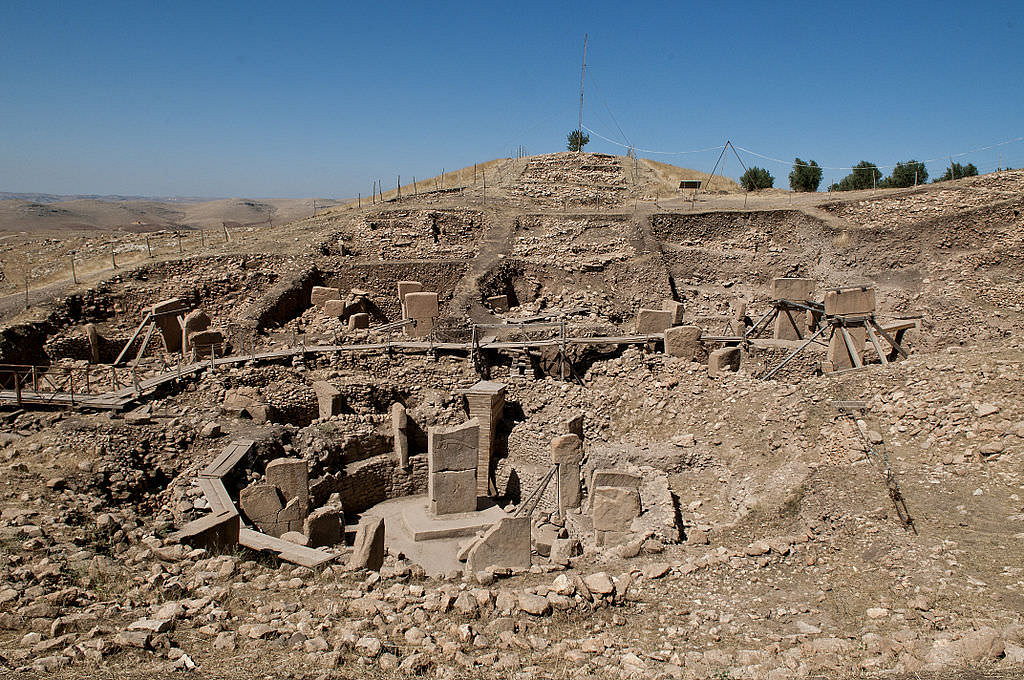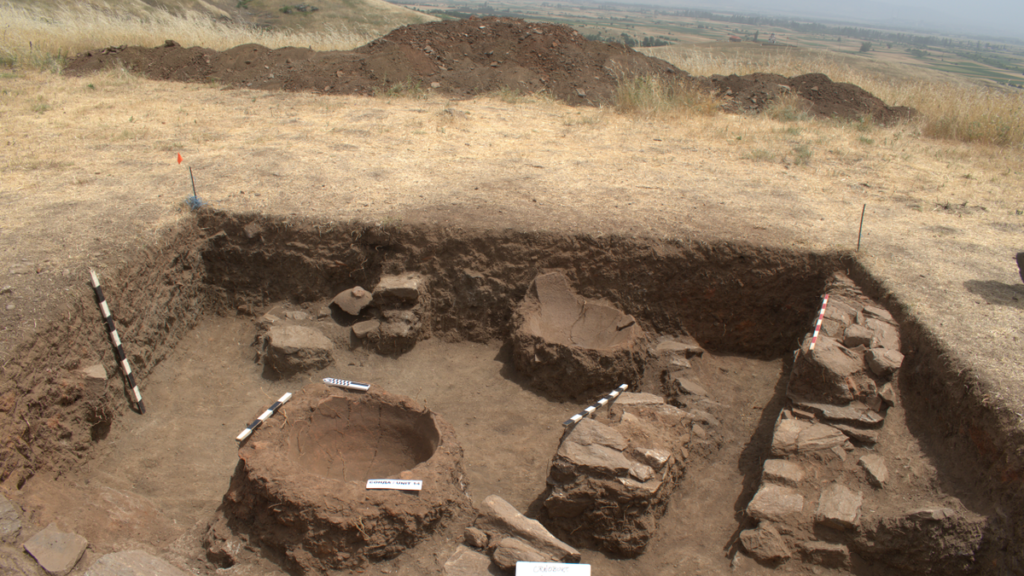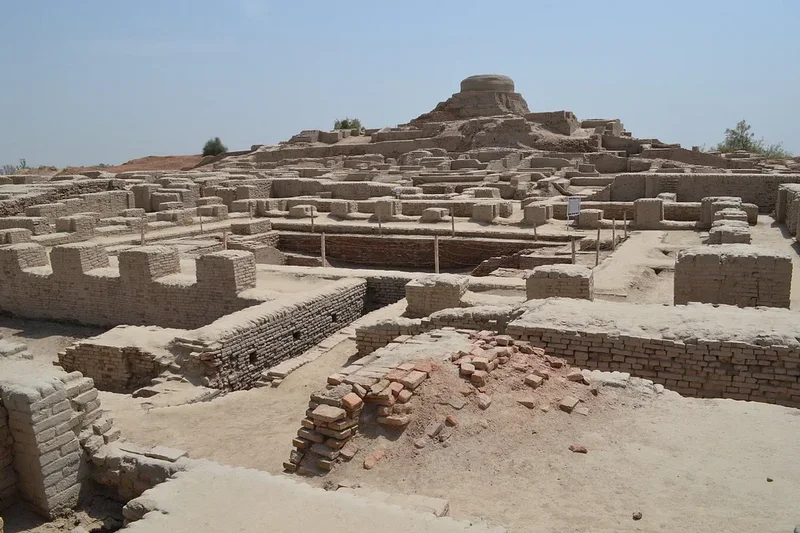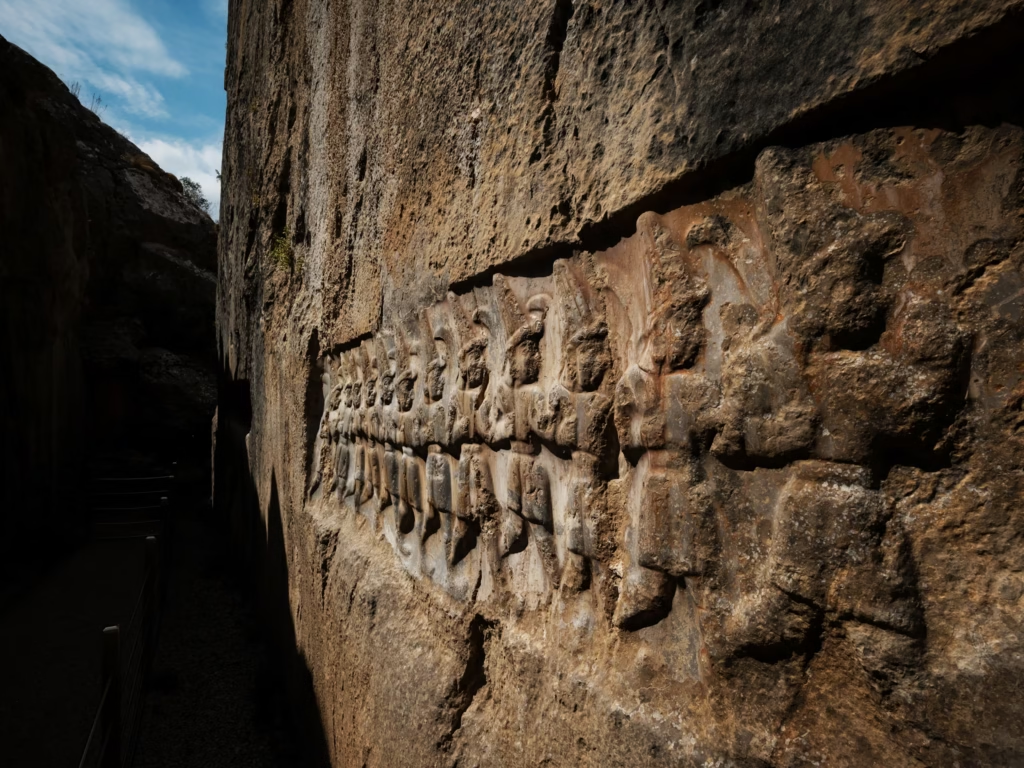“A Thriving Society Vanished Into Thin Air — Historians Are Finally Solving the Puzzle”

For centuries, the fate of one of the world’s greatest ancient civilizations has remained an enduring mystery. The Indus Valley Civilization, also known as the Harappan Civilization, thrived for over 700 years, building sophisticated cities, mastering trade, and developing a distinct, complex culture—only to seemingly vanish around 1900 BCE. No dramatic invasions. No final battles. Just silence.
Today, historians and scientists are finally putting the pieces together. Using satellite imaging, climate data, archaeology, and genetic studies, a new picture of the civilization’s disappearance is emerging—one not of sudden collapse, but of gradual transformation shaped by environmental, social, and geographic shifts.

The Rise of a Bronze Age Power
The Indus Valley Civilization began around 3300 BCE, flourishing along the Indus River and its tributaries in what is now Pakistan and northwestern India. At its height (c. 2600–1900 BCE), it was one of the world’s largest and most advanced civilizations, rivaling Mesopotamia and ancient Egypt in scale and sophistication.
Key Features of the Civilization:
- Major Cities: Mohenjo-Daro, Harappa, Dholavira, Lothal, and Rakhigarhi.
- Urban Planning: Cities were built on grids with multi-story homes, wide streets, drainage systems, public wells, and granaries.
- Sanitation Systems: Harappan cities had covered sewers, private toilets, and a level of hygiene far ahead of their time.
- Economy and Trade: They engaged in trade with Mesopotamia, Persia, and the Arabian Peninsula. Standardized weights, seals, and scripts suggest a structured economy.
- Art and Culture: Seals, figurines, jewelry, and pottery reveal a people who valued craftsmanship and aesthetics.
Despite these achievements, there is no evidence of kings or warfare. Their society may have been more egalitarian and trade-based than other contemporary civilizations.
A Civilization Disappears
By 1900 BCE, signs of decline began to emerge:
- Urban centers were gradually abandoned.
- Writing systems fell out of use.
- Monumental architecture ceased.
- Long-distance trade diminished.
The suddenness of these changes puzzled scholars for decades. Where did the people go? What caused their civilization to unravel? For years, theories abounded—some sensational, others speculative.
The Theories: Myths, Misunderstandings, and Scientific Clues
1. The Aryan Invasion Myth
In the 19th and 20th centuries, some colonial scholars promoted the Aryan Invasion Theory, suggesting Indo-European-speaking invaders from Central Asia destroyed the Indus cities. This theory, however, has been discredited. Modern archaeology and genetics show no evidence of mass violence or large-scale invasion.
2. Climate Change and Monsoon Collapse
Recent studies point to a major climatic event around 2200–1900 BCE. A shift in the Indian monsoon system led to drier conditions in the northwest Indian subcontinent. Evidence from lake sediments, riverbeds, and glacier records indicate a century-long drought, severely affecting agriculture.
- Croplands failed.
- River-fed urban centers were unsustainable.
- People began migrating eastward, toward areas with more reliable water sources like the Ganges basin.
3. The Disappearance of the Saraswati River
Many Harappan settlements were located along the now-dry Ghaggar-Hakra River, often linked to the mythic Saraswati from Vedic texts. Geological and satellite studies show that tectonic shifts and reduced glacial runoff gradually dried up the river, destabilizing large urban hubs.
4. Urban Decentralization and Cultural Shift
Instead of a dramatic collapse, evidence suggests a decentralized dispersal. As cities like Mohenjo-Daro and Harappa declined, populations moved to smaller villages. These new communities continued aspects of Harappan culture—pottery styles, tools, and religious symbols—suggesting cultural continuity.
Rediscovering a Forgotten Past
The first Harappan site, Harappa, was excavated in the 1920s by Sir John Marshall. Since then, over 2,000 sites have been found, yet the civilization remains partly mysterious because its script has never been conclusively deciphered. Without written records, scholars rely on material remains to reconstruct its story.

New Clues From Modern Science:
A. Satellite Imaging and Remote Sensing
- Revealed long-buried riverbeds and hundreds of unexplored sites.
- Showed evidence of large-scale urban planning and irrigation.
B. Archaeogenetics
- DNA studies at sites like Rakhigarhi confirm strong genetic links between ancient Harappans and today’s South Asian populations, especially in Dravidian-speaking communities.
C. Paleoclimatology
- Lake cores and stalagmite analysis confirm a 100- to 200-year drought, overlapping with the period of decline.
D. Comparative Archaeology
- Studies suggest Harappans adapted to changing conditions by shifting from wheat and barley to millet and rice, more suited to drier climates.
Myths, Legacy, and Cultural Continuity
Though their cities fell, the Indus Valley people didn’t vanish. Instead, they adapted, migrated, and influenced the cultures that followed.
Echoes in Modern India:
- Water reverence: Seen in rituals and sacred rivers.
- Seals and animals: The bull and unicorn motifs appear in South Asian art.
- Yoga and meditation postures: Some Harappan figurines show cross-legged poses, similar to modern yogic practice.
- Craft traditions: Pottery and metallurgy methods show remarkable continuity.
Even without deciphered texts, their material legacy and cultural echoes live on.

Conclusion: A Puzzle Nearly Complete
The vanishing of the Indus Valley Civilization is no longer a tale of a society wiped out overnight. Thanks to decades of research, we now understand that it was likely a slow transformation driven by environmental change, river migration, and adaptation to new realities. Their resilience, not their disappearance, defines them.
Historians, archaeologists, geologists, and geneticists are solving the puzzle, piece by piece—showing that while cities may fall, civilizations evolve.
The Harappans did not vanish into thin air. They moved, changed, and became part of the human story that continues in South Asia today.




